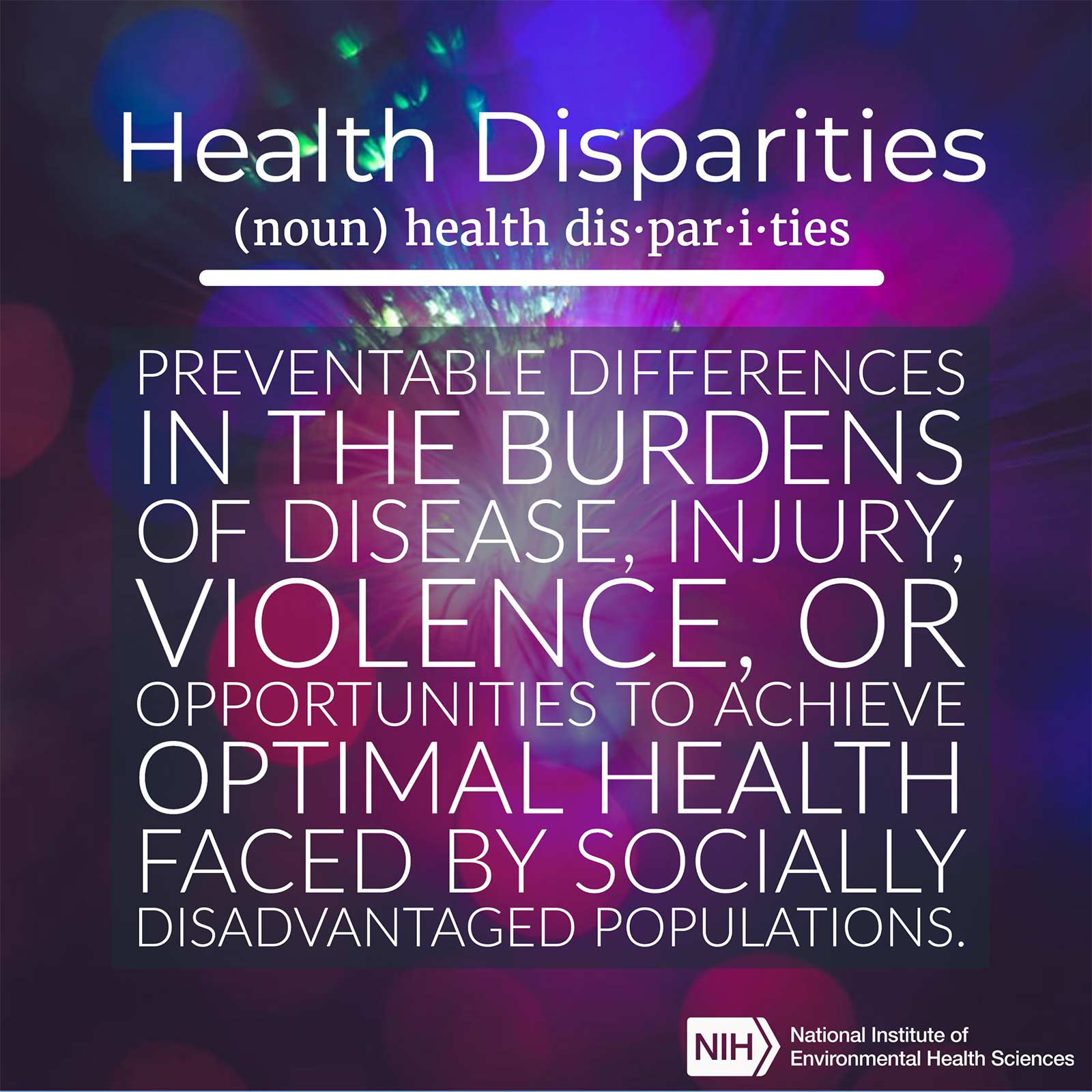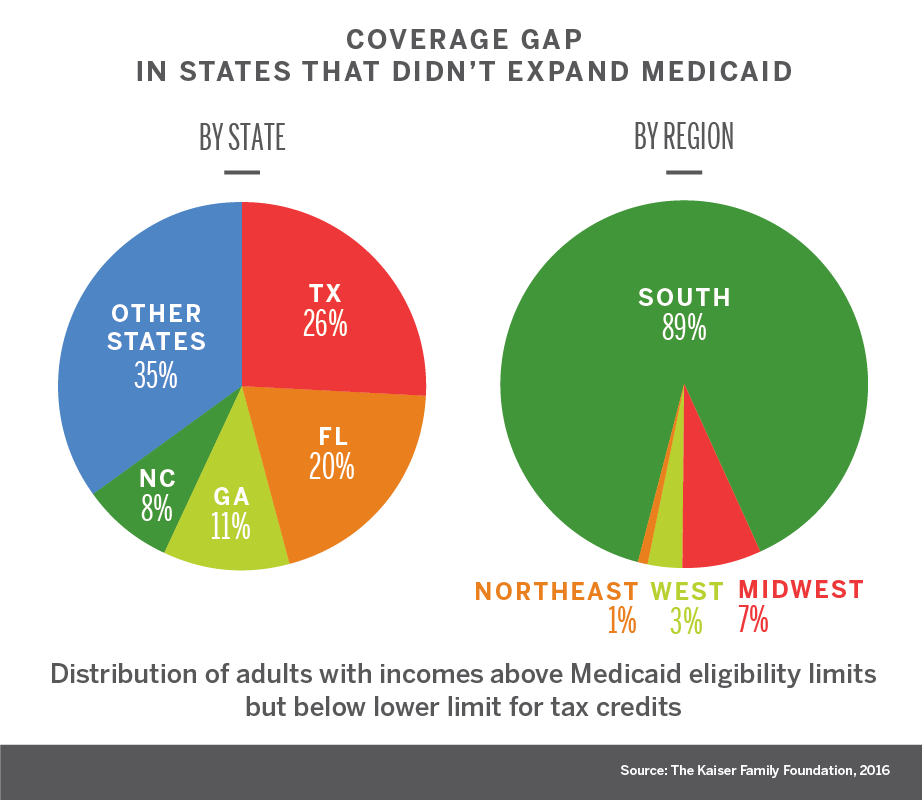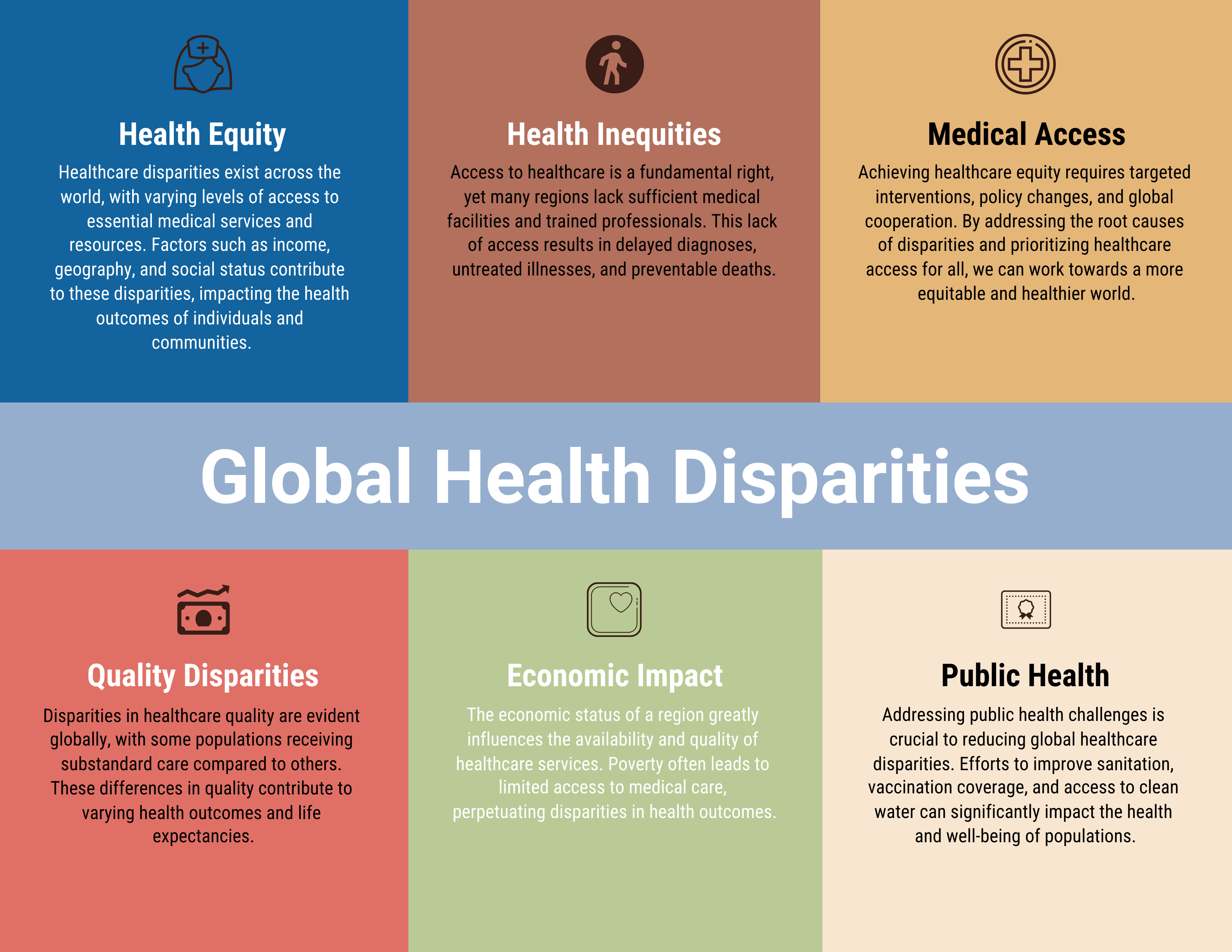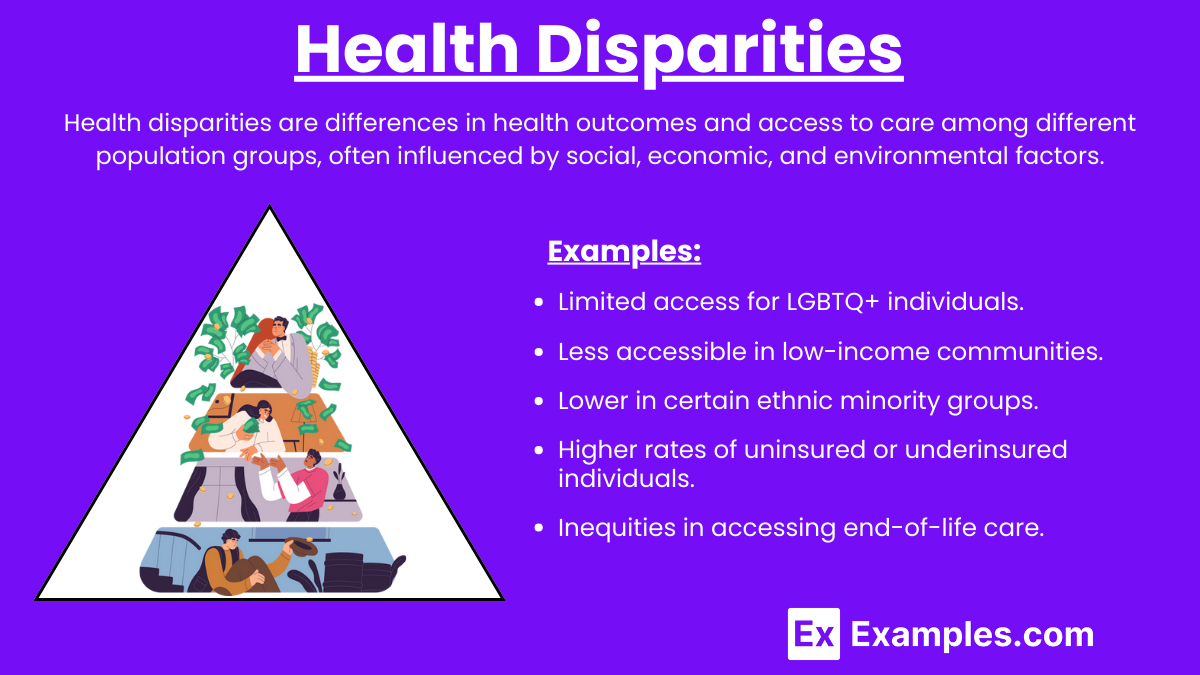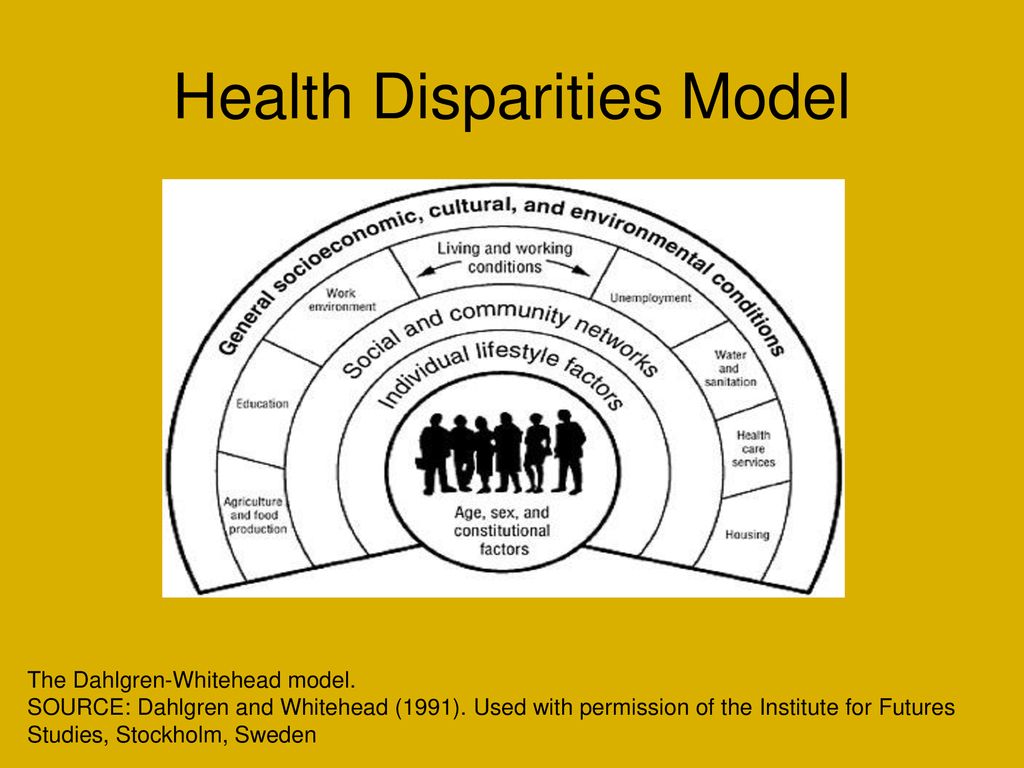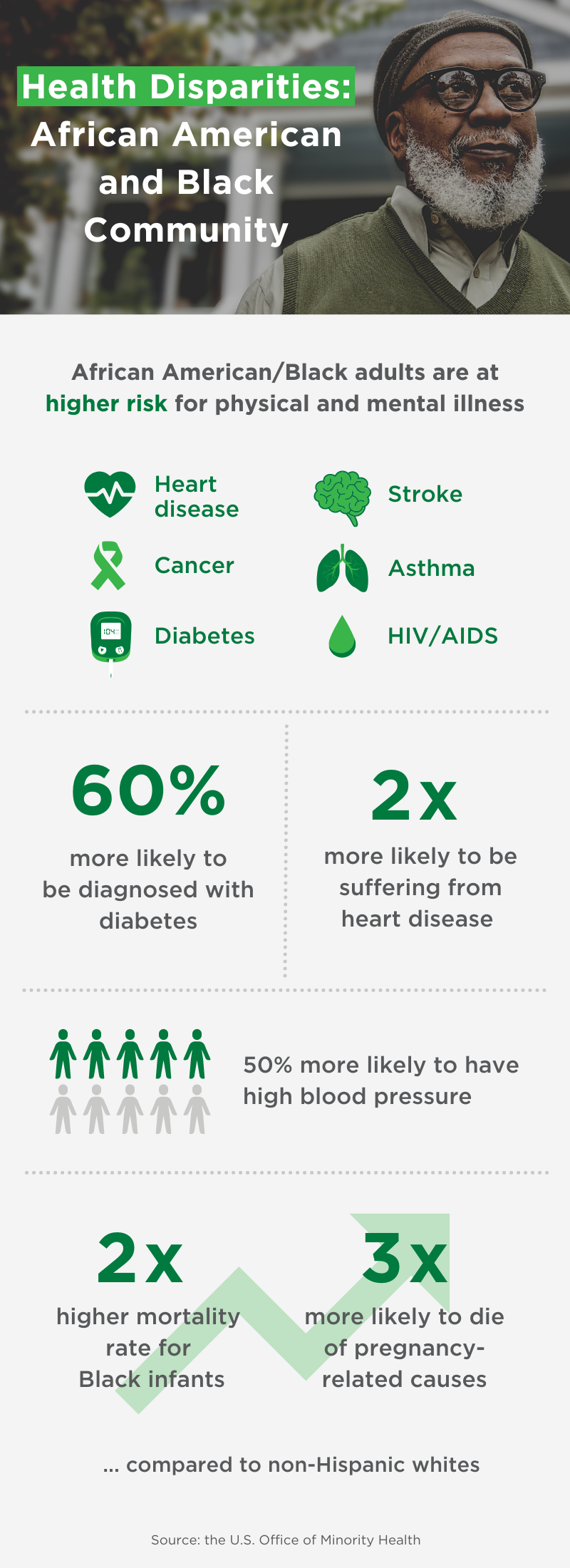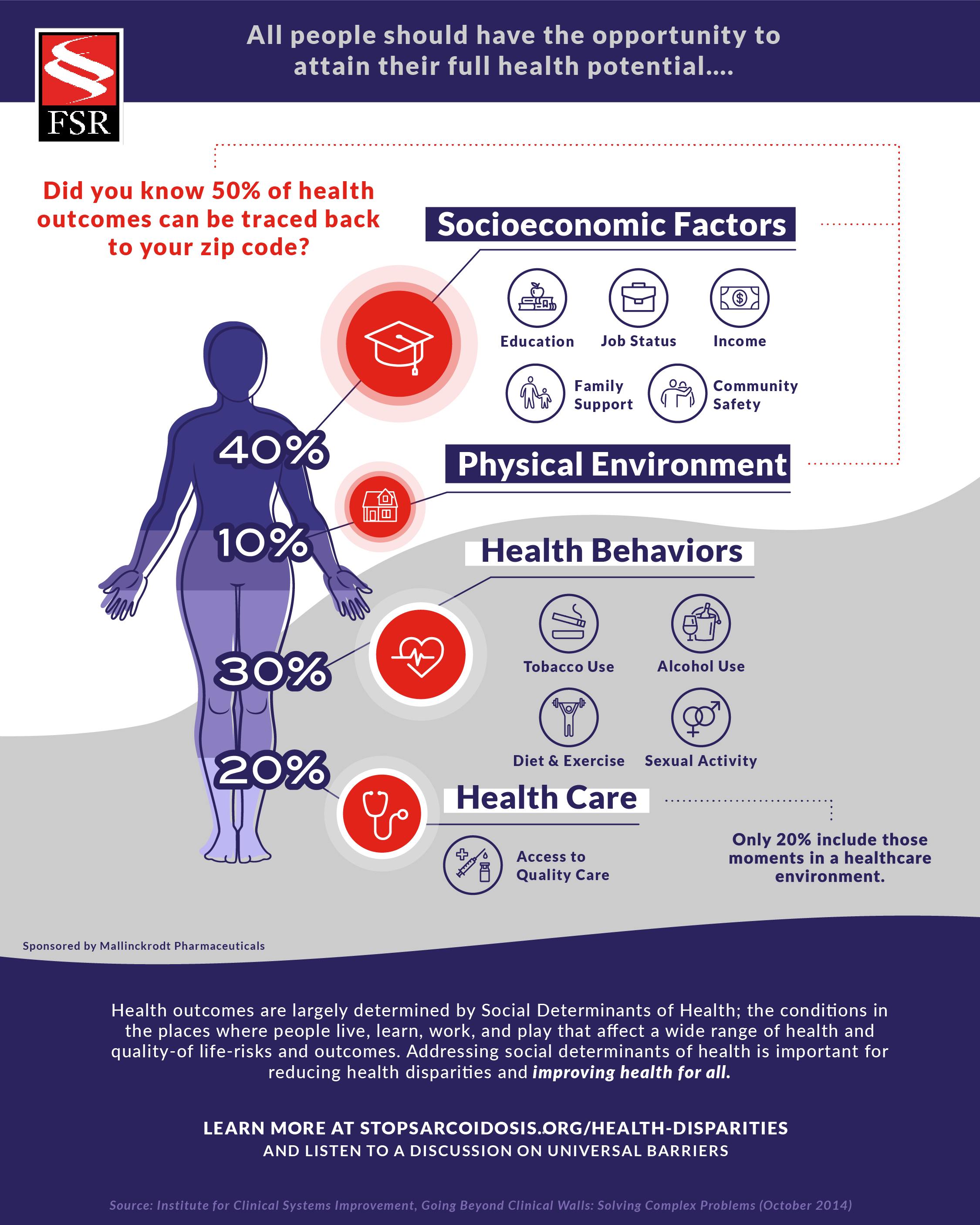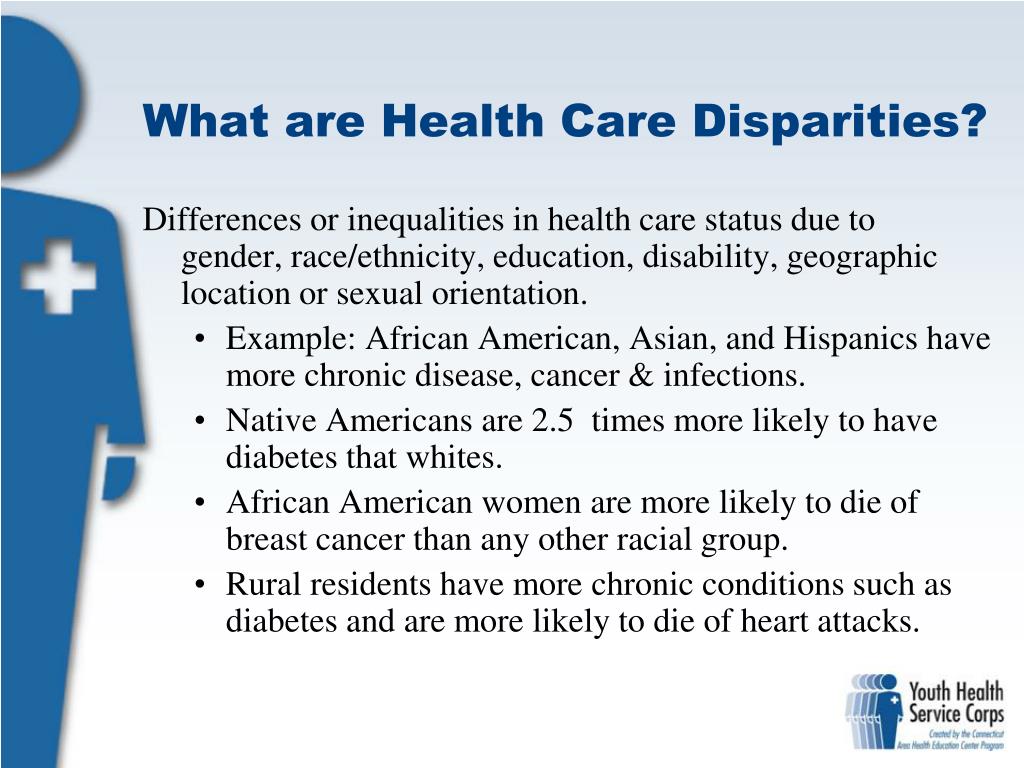A Society Characterized By Health Disparities
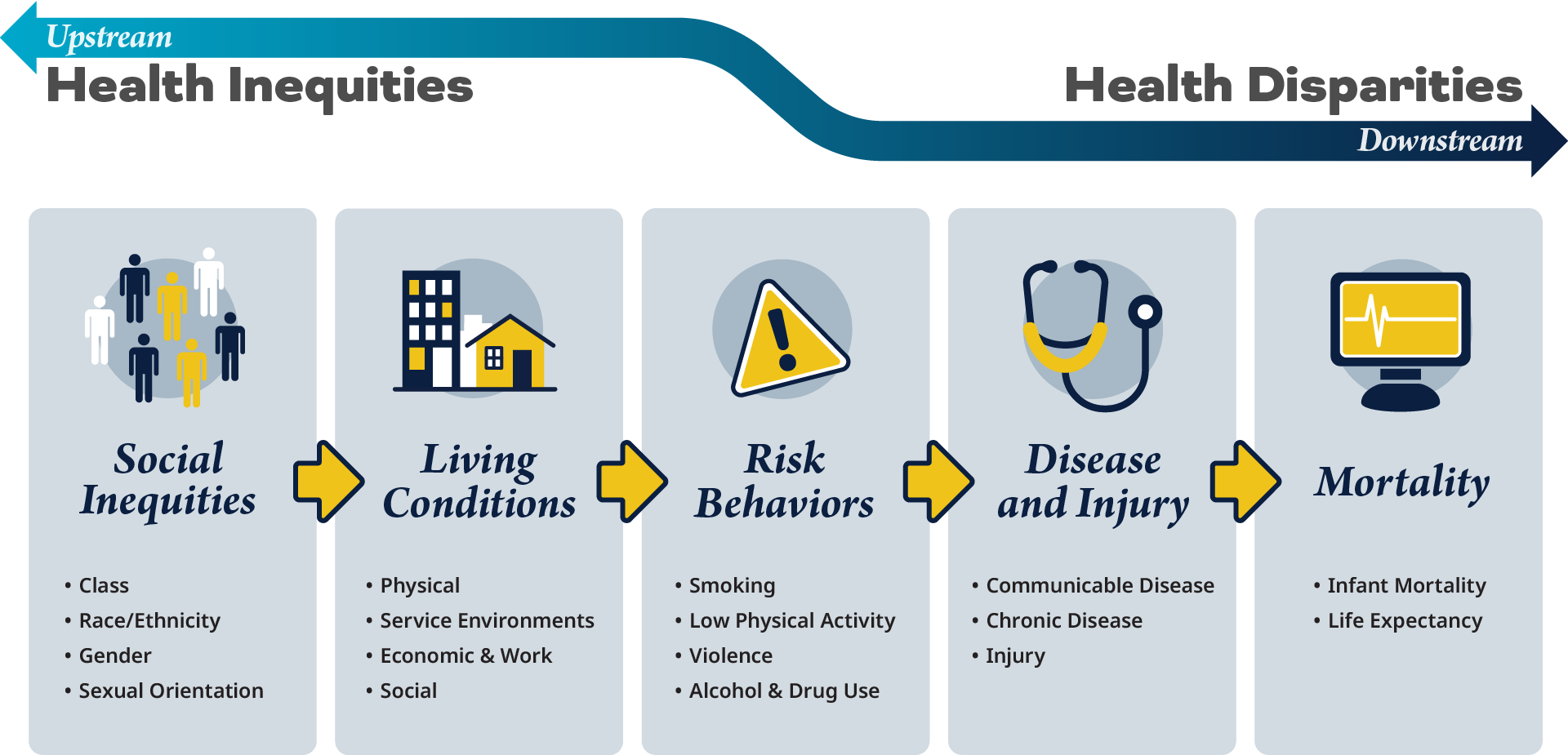
A chasm of inequity persists: health disparities continue to plague our society, carving deep divides in access to care and well-being based on socioeconomic status, race, and geographic location. The consequences are stark – preventable illnesses, premature deaths, and a diminished quality of life for marginalized communities.
This article explores the pervasive issue of health disparities, examining the multifaceted factors driving these inequalities, illustrating their devastating impact, and highlighting urgent calls for comprehensive action to bridge the gap.
Socioeconomic Status: A Key Determinant
Poverty and financial instability remain powerful predictors of poor health outcomes.
Individuals with lower incomes often face barriers to accessing nutritious food, safe housing, and quality healthcare. This leads to a higher prevalence of chronic diseases like diabetes, heart disease, and asthma.
According to a 2023 report by the Centers for Disease Control and Prevention (CDC), adults living below the poverty line are twice as likely to report having a chronic disease compared to those with higher incomes.
The Impact on Children
The effects of socioeconomic disparities are particularly devastating for children.
Children from low-income families are more likely to experience malnutrition, exposure to environmental toxins, and inadequate healthcare, impacting their development and future health outcomes. Data from the National Institute of Child Health and Human Development (NICHD) reveals that children in poverty are at higher risk for developmental delays and learning disabilities.
Racial and Ethnic Disparities: A Legacy of Inequality
Racial and ethnic minorities disproportionately bear the burden of health disparities.
Systemic racism, discrimination, and historical injustices contribute to limited access to healthcare, cultural insensitivity in medical settings, and mistrust of the medical system. The COVID-19 pandemic laid bare these disparities, with higher infection and mortality rates among Black, Hispanic, and Indigenous communities.
The Kaiser Family Foundation reports significant racial disparities in access to health insurance, preventive care, and treatment for chronic conditions.
Disparities in Maternal Health
Maternal mortality rates are significantly higher among Black women compared to White women.
These disparities are linked to factors such as implicit bias in healthcare, limited access to prenatal care, and underlying chronic health conditions. A 2024 study published in the American Journal of Public Health found that structural racism contributes significantly to the disproportionately high maternal mortality rate among Black women.
Geographic Disparities: The Rural-Urban Divide
Where you live can significantly impact your health.
Rural communities often face a shortage of healthcare providers, limited access to specialized medical services, and transportation barriers. This leads to delayed diagnoses, inadequate treatment, and poorer health outcomes compared to urban areas.
The Health Resources and Services Administration (HRSA) reports that rural areas have a higher prevalence of chronic diseases, such as heart disease, stroke, and diabetes, compared to urban areas.
Access to Specialists
Access to specialists is often limited in rural areas.
Individuals in these communities may have to travel long distances to see a specialist, leading to delays in diagnosis and treatment. The lack of specialized care contributes to poorer health outcomes and higher mortality rates in rural areas.
Addressing Health Disparities: A Call to Action
Bridging the gap requires a multifaceted approach involving policy changes, community-based interventions, and healthcare system reforms.
Expanding access to affordable healthcare, addressing social determinants of health, and promoting culturally competent care are essential steps. The National Institutes of Health (NIH) is investing in research to understand the root causes of health disparities and develop effective interventions.
Community-based organizations play a crucial role in addressing health disparities by providing culturally tailored health education, outreach, and support services.
Next Steps: Urgency and Action
The time for action is now.
Policymakers, healthcare providers, and community leaders must work together to address the root causes of health disparities and create a more equitable healthcare system.
Ongoing monitoring and evaluation are crucial to track progress and ensure that interventions are effective in reducing health disparities and improving health outcomes for all. We must demand accountability from our institutions and leaders to prioritize health equity and build a healthier future for everyone.
:max_bytes(150000):strip_icc()/health-disparities-4173220_v1-e8914773af574e3d9f02b08d86835de5.jpg)
